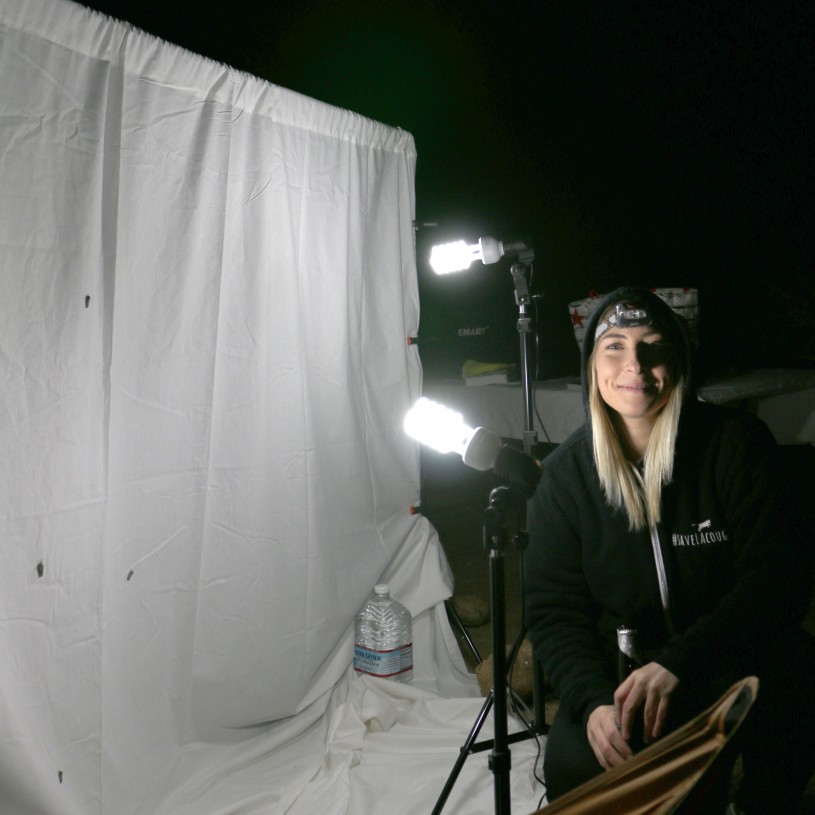Join us to shed light on the mysteries of moths and other nocturnal insects and celebrate their vital role in pollination and our ecosystems on Friday 8 March from 8.30pm at Black Hill Reserve, 110 Blackhill School Road, Kyneton!

As the sun sets and the world quiets down, a hidden realm comes alive – the realm of moths and other nocturnal insects. While we may catch fleeting glimpses of these tireless pollinators fluttering around streetlights, their true magic unfolds in the darkness, as they diligently visit flowers, pollinating them under the cover of night, often unnoticed by human eyes.
Lightsheeting, a simple technique used by community scientists to explore the mysterious world of moths and flying insects, is bringing these nocturnal creatures into the light. Lightsheeting involves setting up a welcoming light and providing a soft landing spot, typically a white sheet, where creatures can gather for observation and study.
Lightsheeting can be a year-round adventure, however, its magic truly comes alive on warmer nights when the air is alive with the flittering dance of insects. As temperatures rise, so does the activity level of nocturnal creatures, offering a greater chance to attract a diverse array of species to your sheet.
For community scientists eager to delve into the intricate world of moths and flying insects, lightsheeting serves as an accessible tool for observation and documentation. By establishing a lightsheeting station and regularly monitoring the nocturnal guests, enthusiasts contribute invaluable data to scientific research through platforms such as iNaturalist; enriching our understanding of insect populations and biodiversity.
Nocturnal pollinators visit a remarkable diversity of plants visit under the cloak of night. Cultivating moth-friendly habitats with native plants that bloom or emit fragrant scents at night is a crucial step towards preserving and enhancing biodiversity and ecological balance. Moths and other nocturnal insects are more than just pollinators; they are key components in local and global ecosystems. As vital food sources for nocturnal mammals and birds, and as providers for countless caterpillars relied upon by daytime creatures, moths weave a tapestry of interconnectedness within ecosystems. By encouraging native diversity in our plantings, we not only nurture moth and insect populations but also cater to the needs of the broader community of wildlife dependent on their existence.
If you are eager to welcome these enchanting creatures into your garden, consider planting white or pale-colored flowers with open cup or tube shapes, preferably emitting alluring scents. In doing so, you create a haven for moths and other insects, enhancing biodiversity and bolstering ecological resilience, all while most of us are wrapped in the embrace of slumber.
